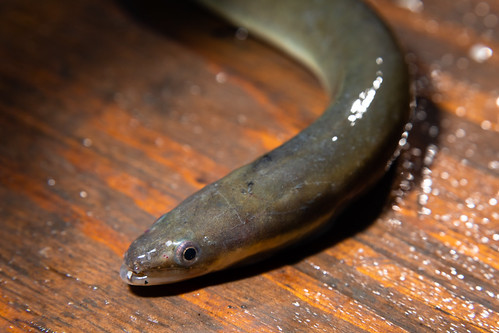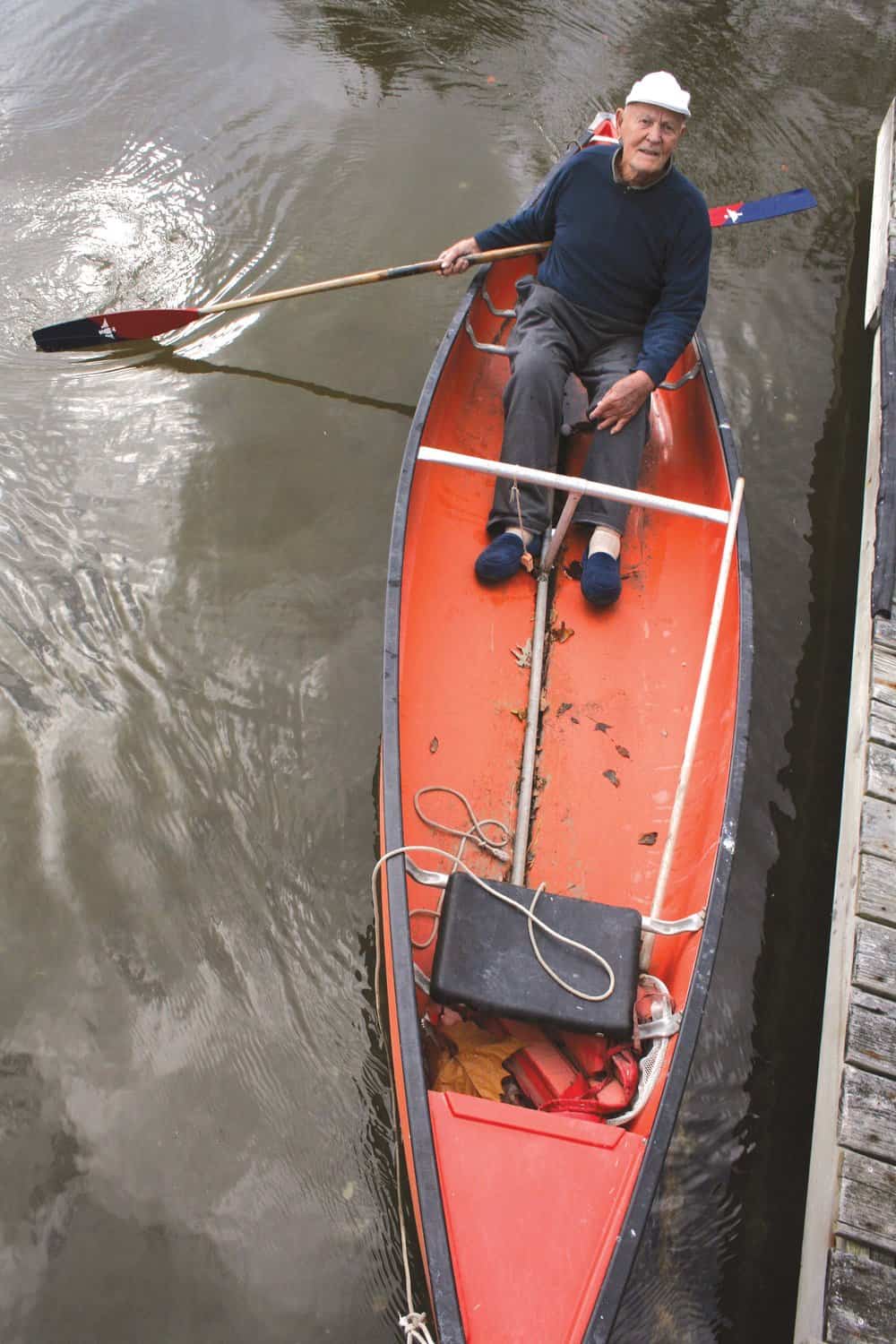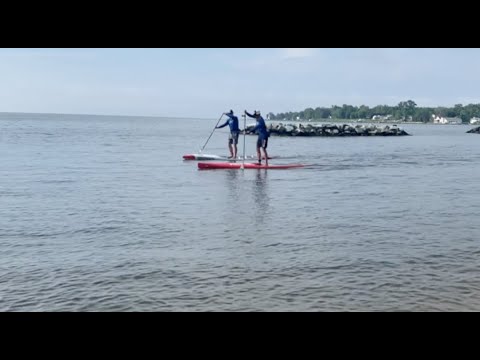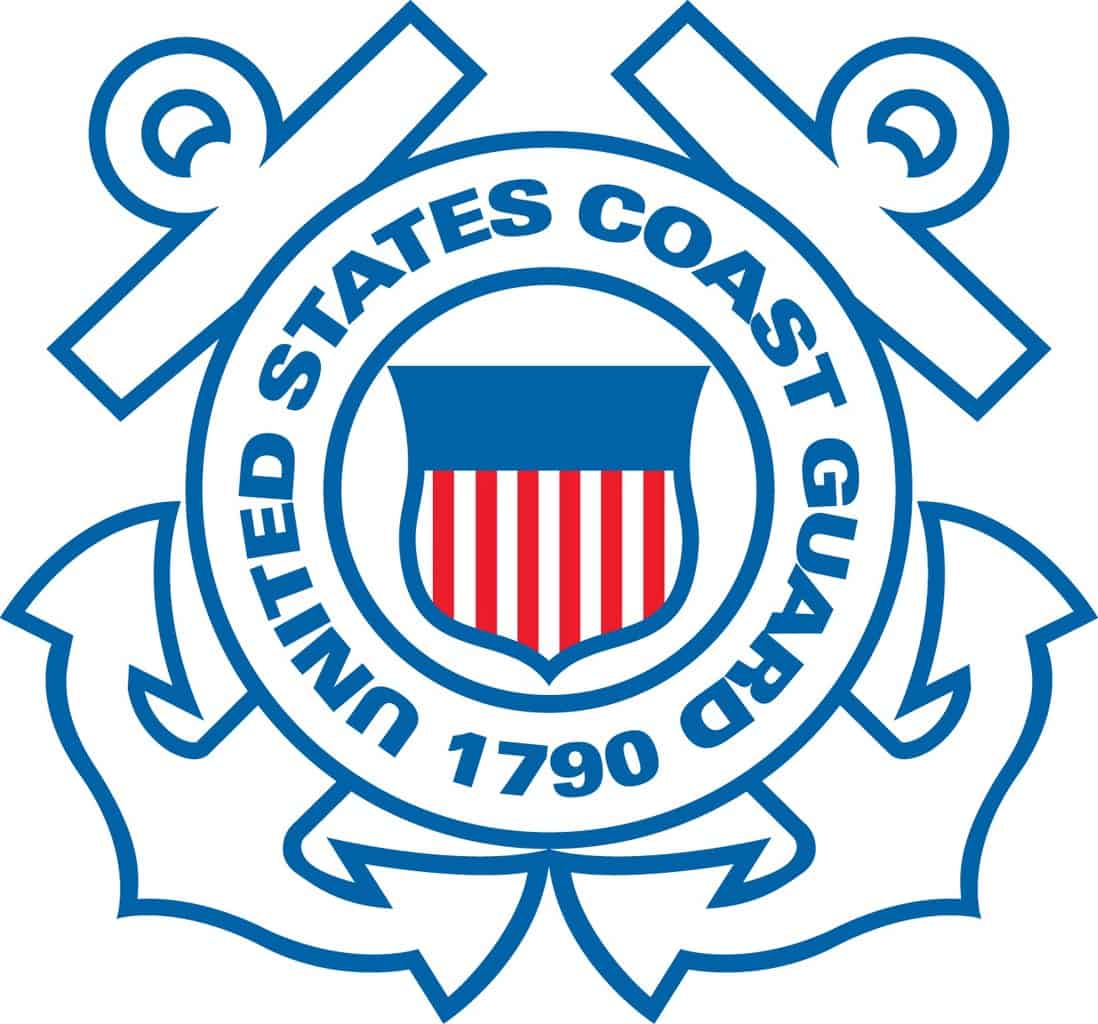A slippery Chesapeake Bay creature has hit a milestone, and it’s promising news for the upper Chesapeake Bay.
A record-breaking half million American eels navigated the eel ramp at the Conowingo Dam to be moved upriver in the Susquehanna River this year. That’s important because eels serve as “host fish” for the reproduction of mussels. These bivalves filter the water and improve Bay health, explains the Maryland Department of the Environment (MDE).
MDE and the Maryland Department of Natural Resources (DNR) announced that as of Aug, 31, 537,182 American eels have been captured at the Conowingo Dam for transport upstream in 2021. This marks the third year in a row the eel ramp numbers have been rising. But this year’s number dwarfs past levels. It’s nearly twice the previous record number of eels captured, 293,141 transported back in 2013.
While MDE and DNR aren’t sure exactly why this year’s number is so high, they do believe it will result in greater abundance of freshwater mussels in the Susquehanna River and thus, better water quality. Each mussel filters more than 10 gallons of water per day.
Since 2007, migrating, young American eels have been captured in the ramp and moved upstream from Conowingo Dam under an operation supported by DNR, the U.S. Fish and Wildlife Service, and Exelon, the owner of the dam.
As a result of its 2020 settlement agreement with the state of Maryland over the dam’s environmental impact, Exelon will add a second eel ramp on the east side of the dam. The settlement also requires Exelon to spend more than $25 million on a large-scale mussel restoration effort in the Susquehanna over the next half-century. A freshwater mussel hatchery will be added in Brandywine, providing baby mussels to be placed in the river and helping to clean it up further.
“More eels and mussels mean cleaner water as part of our holistic approach to Susquehanna River and Chesapeake Bay restoration and resiliency,” says Maryland Environment Secretary Ben Grumbles.
“The eel migration program is an important part of our Chesapeake Bay restoration efforts so we are very pleased to reach this milestone,” adds Maryland Natural Resources Secretary Jeannie Haddaway-Riccio said. “The program also underscores Maryland’s commitment to natural solutions that filter our waterways such as freshwater mussel propagation.”
–Meg Walburn Viviano





